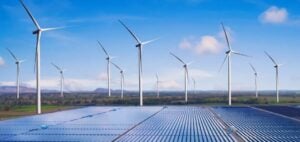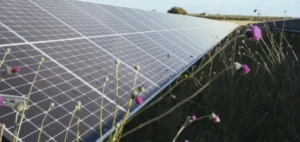Imerys, a world leader in specialty mineral solutions, is working with TotalEnergies to install a large-scale solar energy system with battery energy storage at its Lompoc site in Santa Barbara County, California. This project is part of a long-term energy services contract and illustrates Imerys’ commitment to reducing greenhouse gas emissions across its global sites, eliminating approximately 7,000 metric tons of CO2 each year.
25-year PPSSA
Under a 25-year energy storage purchase and services agreement (ESPSA), TotalEnergies will install, maintain and operate a ground-mounted solar farm with a capacity of approximately 15 MWdc and a 7.5 MWh energy storage system at the Lompoc site on behalf of Imerys. This collaboration is part of Imerys’ decarbonization roadmap, consistent with its commitment to comply with the 1.5°C trajectory.
Imerys aims to reduce its CO2 emissions by 42% in absolute terms (tCO2eq) by 2030, compared to the 2021 reference year, in line with the requirements of the Science Based Targets (SBTi) initiative. The Lompoc industrial site began its diatomite mining and processing activities in the 1890s. This new renewable energy facility will cover 50% of the site’s current electricity demand.
Lompoc fully operational within three years
The TotalEnergies Distributed Generation USA team first worked with Imerys to evaluate the company’s facilities in the United States that offered the best viability for solar power. Under the PPSSA agreement, TotalEnergies will finance, install and operate the Lompoc solar system with storage. TotalEnergies currently has over 1 GW of signed solar capacity with more than 500 corporate and government customers worldwide. The deployment of this capacity is expected to be completed by the end of 2023.
The Lompoc solar system with storage, which is expected to be fully operational within three years, will include a system of uniaxial tracking ground-mounted photovoltaic panels with bi-facial modules to maximize energy production, and is expected to generate approximately 30 GWh per year.






















